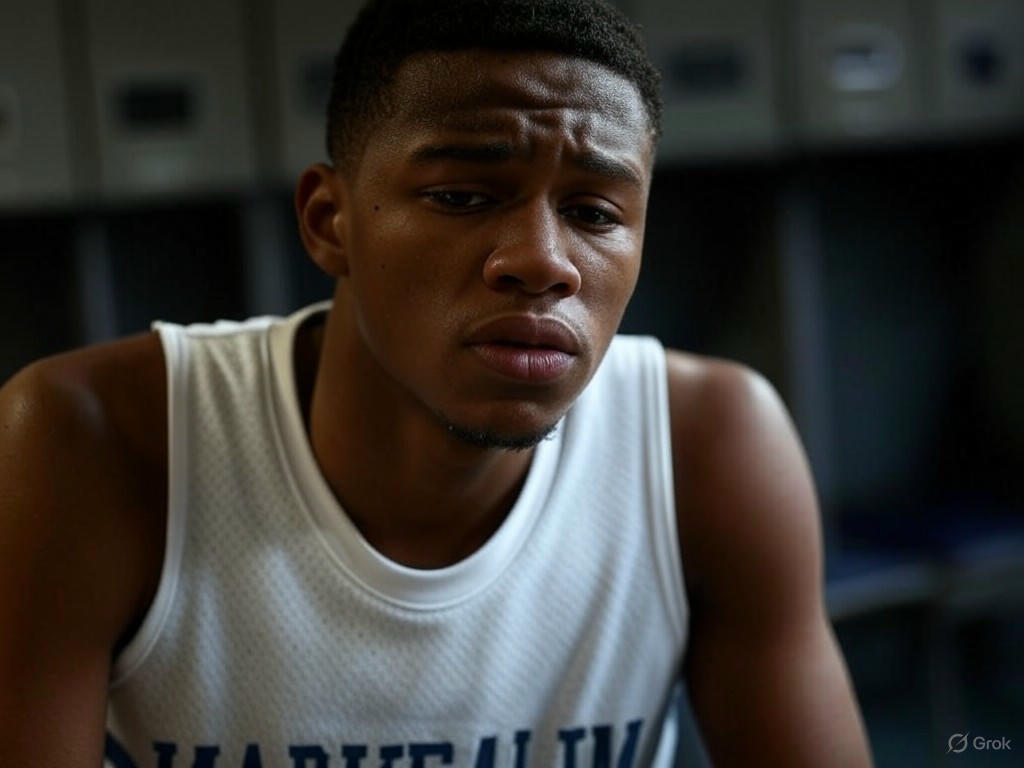NCAA Settlement Sparks Worry for Non-Revenue Sports Athletes
The recent $2.8 billion settlement with the NCAA has been heralded as a groundbreaking step toward financial stability in college athletics. This landmark agreement paves the way for schools to compensate their athletes directly, a move long awaited by many in the sports community. However, while the deal promises significant benefits for high-profile sports like football and basketball, it has raised serious concerns among athletes in non-revenue sports such as swimming, track and field, and wrestling. These athletes fear that the financial focus on marquee programs could leave their sports struggling for resources and recognition.
At the heart of the settlement is a framework that allows colleges to allocate payments to athletes based on specific guidelines. Naturally, sports that generate substantial revenue through ticket sales, media deals, and merchandise are expected to receive the lion’s share of these funds. Football and basketball players, often the faces of university athletics, are poised to become the highest earners under this new system. While this shift is celebrated by many as a fair acknowledgment of their contributions to school revenue, it has sparked unease among athletes in less lucrative programs. Many worry that the disparity in funding will widen the gap between revenue and non-revenue sports, potentially threatening the survival of smaller programs that already operate on tight budgets.
Athletes from non-revenue sports have voiced their apprehensions, highlighting the potential ripple effects of this financial restructuring. For instance, scholarships, training facilities, and travel budgets for sports like gymnastics or cross country could face cuts as schools prioritize funding for football and basketball. A swimmer from a mid-sized university recently shared that their team already struggles with outdated equipment and limited coaching staff. The fear is that such challenges will only intensify as resources are funneled elsewhere. Beyond the practical concerns, there’s also an emotional toll. Athletes in these sports often feel undervalued despite their dedication and the rigorous demands of balancing academics and competition. They argue that the spirit of collegiate athletics should celebrate all sports, not just those with the biggest audiences.
As the NCAA and universities navigate this new era, the conversation around equity in college sports grows louder. Advocates for non-revenue sports are calling for safeguards to ensure that funding models don’t disproportionately disadvantage smaller programs. Some suggest creating a minimum funding threshold for all athletic departments to maintain a baseline of support across the board. Others propose innovative revenue-sharing models that could help sustain less prominent sports. While the settlement marks a historic shift, it also serves as a reminder of the delicate balance required to nurture the diverse ecosystem of college athletics. The hope is that as schools adapt to these changes, they will prioritize inclusivity, ensuring that every athlete, regardless of their sport’s visibility, has the opportunity to thrive.


